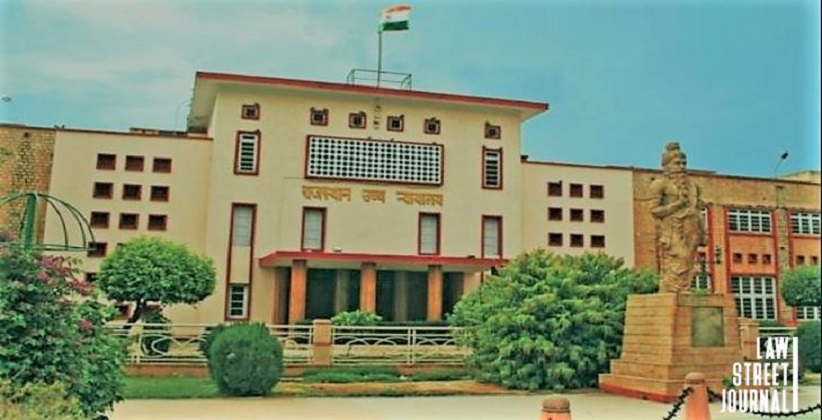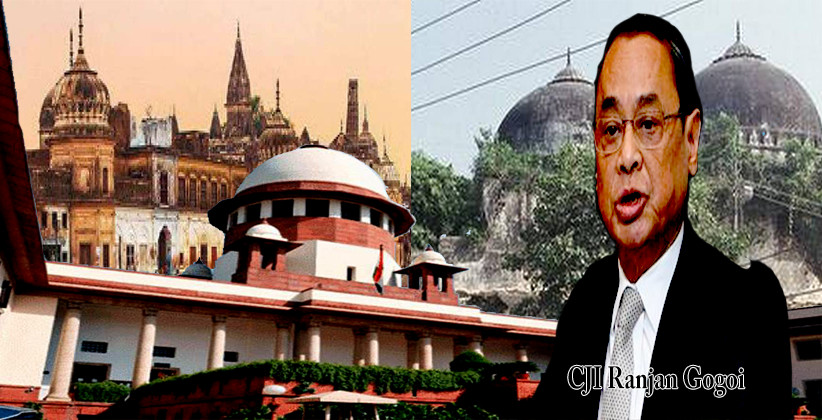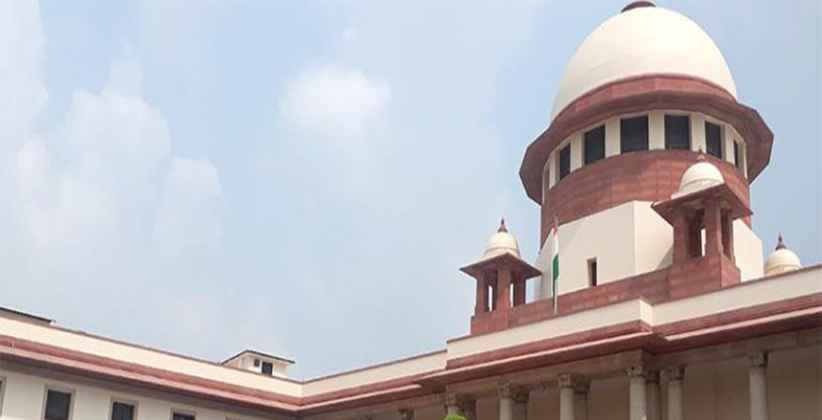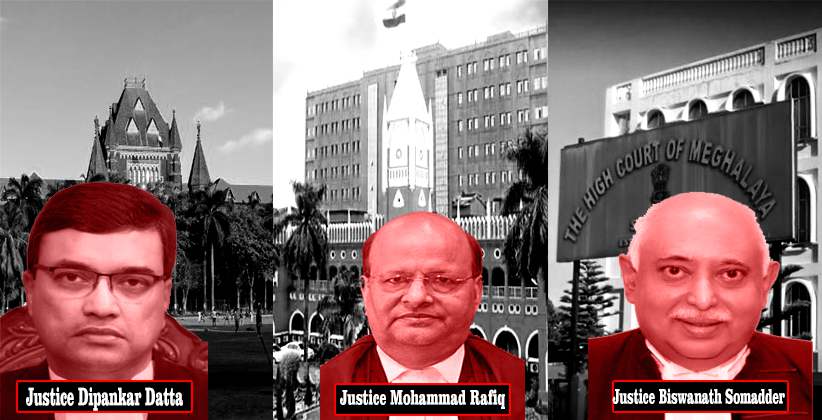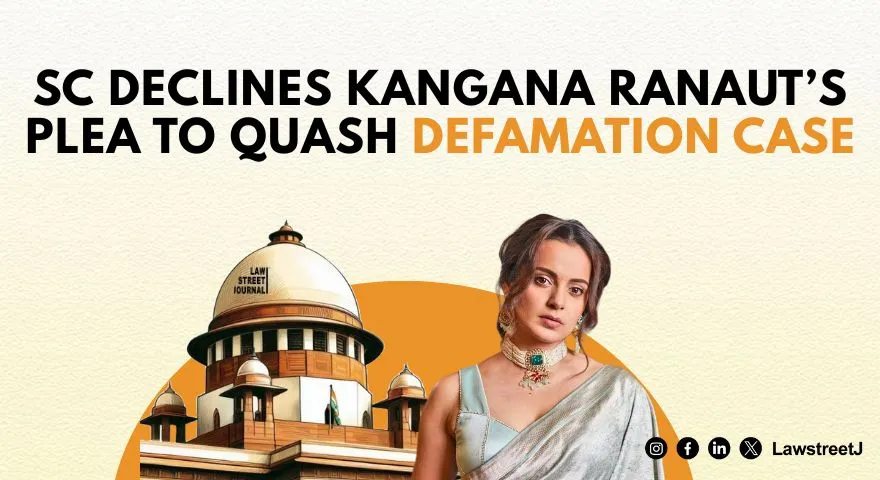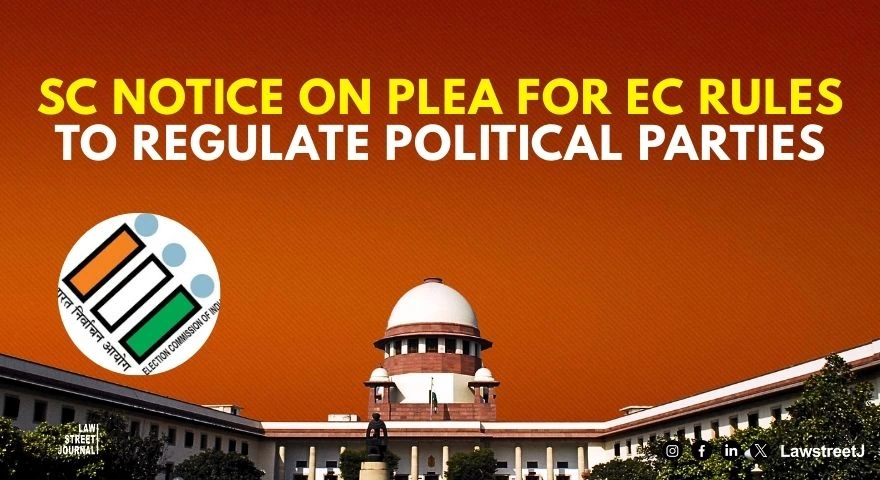NEW DELHI: The Supreme Court has said when the conviction is to be based on circumstantial evidence solely, then there should not be any snap in the chain of circumstances and any break would make the accused entitled to benefit of doubt.
A bench of Justices B R Gavai, P S Narasimha and Aravind Kumar in its judgment on January 4, 2024 set free Darshan Singh in the 1999 case of murder of his wife Amrik Kaur by administering poisonous substance aluminium phosphide, due to his alleged illicit relationship with another woman, Rani Kaur.
The court allowed his appeal against the Punjab and Haryana High Court's judgement which upheld his conviction and sentence of life term awarded to him by the trial court. Co-accused Kaur was acquitted by the High Court and the state government did not file appeal against it.
The case was based on circumstantial evidence and there were improvements in the statements of prosecution witnesses, sister of the deceased, Melo Kaur and her husband Gurmel Singh, the bench said.
"Since the failure to prove a single circumstance cogently can cause a snap in the chain of circumstances. There cannot be a gap in the chain of circumstances," the court stressed.
"The main principle to be satisfied in a case of conviction based on circumstantial evidence is that the proved circumstances must be complete and incapable of explanation of any other hypothesis than that of the guilt of the accused but should be inconsistent with his innocence- in other words, the circumstances should exclude every possible hypothesis except the one to be proved. In this case, it cannot be said that the proved circumstances, even if presence was proved, taken with other circumstances would lead to an unfailing conclusion that the appellant and Rani Kaur were guilty of murdering his wife," the bench added.
The appellant, for his part, claimed that deceased Amrik Kaur was having an illicit affair with Melo Kaurs husband, Gurmel Singh and embarrassed with her sister finding it out, she self-administered the poisonous substance and committed suicide.
In the case, the court noted Melo Kaur 's testimony suffered not merely from technical imperfections, but there are glaring omissions and improvements that have been brought out in the cross-examination. She had only heard from her husband that the appellant and Rani Kaur were seen together in the appellants house on May 18, 1999, a day before the incident.
The bench also emphasised that prosecution witness cannot be relied upon if he or she spoke about involvement of accused during the trial only and not before the police.
"If she was aware that the appellant and Rani Kaur were in an illicit relationship for a sufficiently long duration, there was no reason to suspect all of a sudden that the two of them would get together, administer poison and murder the deceased on 19.05.1999. Both the Courts have failed to take notice of the several significant omissions and improvements in the evidence of Melo Kaur and her husband," the bench said.
The bench referred to scholarly literature and research papers, which suggested that the nature of the poisonous substance (aluminum phosphide) is such that it is not conducive for deceitful administration since it carries a pungent garlic-like odour, which cannot go unmissed. It was suspected that the substance was mixed in tea and served to the deceased.
"We find it doubtful that the deceased would have been made to consume tea deceitfully given the nature of the substance. Forceful administration of this substance also seems doubtful since there are no injury marks suggestive of a scuffle. In light of the evidence on record, even assuming for a moment that the appellant and Rani Kaur were present, it still cannot be said with certainty that it was a case of homicide and not suicide," the bench said.
"There was alive a strong hypothesis that the deceased had committed suicide, which explanation was led by the appellant in his statement under Section 313 CrPC, and it is sufficient to create a doubt in our minds," the bench said.
The bench also said the State cannot on the one hand accept the verdict that the presence of Rani Kaur along with the appellant is doubtful and at the same time, maintain its case that the two of them were jointly present, committed the offence together and escaped together.
The bench said the manner in which the High Court has sought to distinguish the case of the appellant from Rani Kaur is perverse and does not seem to impress us.






